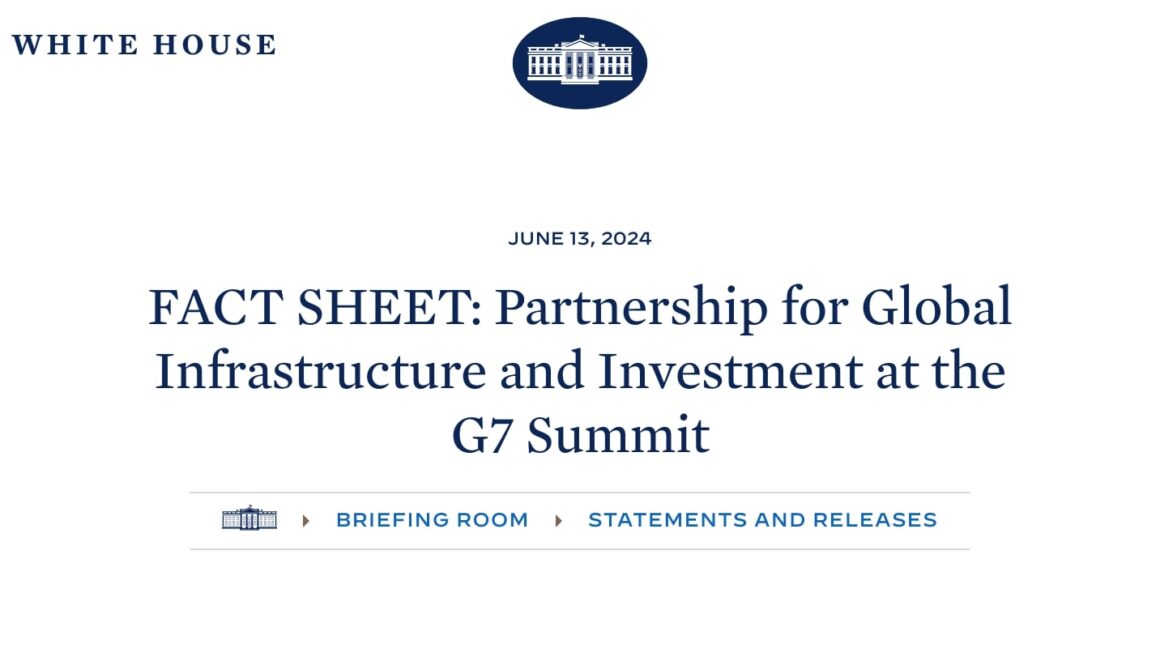Introduction
In this comprehensive article, we delve into the potential ramifications of a China debt dump disaster on the United States economy and the stability of the dollar. With recent developments in the global financial landscape, it is crucial to understand the potential risks and implications of such an event. Join us as we explore the intricacies of this issue and shed light on the steps being taken to mitigate its impact.
The China Debt Dump Scenario
The China debt dump scenario refers to the hypothetical situation where China, as one of the largest foreign holders of U.S. debt, decides to sell a substantial portion of its holdings. This action could have significant consequences for the U.S. economy, given the interdependence of the two nations’ financial systems. The potential repercussions range from a devaluation of the U.S. dollar to an increase in interest rates and inflation.
The Impact on the U.S. Economy
Devaluation of the U.S. Dollar
If China were to embark on a massive sell-off of its U.S. debt holdings, it could trigger a devaluation of the U.S. dollar. The influx of U.S. Treasuries into the market would lead to an oversupply, driving down the value of the currency. This devaluation would not only affect the purchasing power of American consumers but also have widespread implications for international trade and financial markets.
Rise in Interest Rates
As China offloads its U.S. debt, the increased supply of Treasury bonds would drive up interest rates. Higher interest rates make borrowing more expensive for individuals, businesses, and the government. This could hamper economic growth, reduce consumer spending, and lead to a slowdown in investment and job creation.
Inflationary Pressures
The China debt dump disaster could also fuel inflationary pressures in the United States. With a surge in the money supply resulting from the sale of U.S. Treasuries, the purchasing power of the dollar would decline. This would cause the prices of goods and services to rise, eroding the real value of people’s savings and impacting their overall standard of living.
US Preparations and Mitigation Strategies
Recognising the potential risks, the United States has been taking proactive measures to address the looming China debt dump disaster. Here are some key strategies being employed:
Diversification of Debt Holders
To reduce the vulnerability posed by heavy reliance on a single foreign entity, the U.S. government has been actively diversifying its debt holders. This strategy involves reaching out to other countries and institutions, encouraging them to invest in U.S. Treasury securities. By spreading the risk across multiple stakeholders, the United States aims to minimise the potential impact of a China debt dump.
Strengthening Domestic Economy
Another vital aspect of the U.S. preparations involves strengthening the domestic economy. By focusing on sustainable growth, job creation, and reducing the budget deficit, the government aims to enhance the resilience of the nation’s financial system. These efforts not only help to mitigate the impact of a China debt dump but also promote long-term economic stability and prosperity.
Diplomatic Engagement
Recognising the interconnectedness of the global economy, the United States has been engaging in diplomatic discussions with China to address the issue. Through dialogue and negotiation, both nations aim to find mutually beneficial solutions that ensure the stability of their financial relations. These diplomatic efforts are crucial in averting a potential disaster and maintaining a healthy economic partnership.
Conclusion
In conclusion, the possibility of a China debt dump disaster poses significant challenges for the United States economy and the stability of the dollar. The potential devaluation of the U.S. dollar, the rise in interest rates, and the inflationary pressures are all factors that demand careful consideration and proactive measures.
However, it is crucial to note that the U.S. government is well aware of the risks and has been actively preparing to mitigate the impact of such a scenario. Through diversification of debt holders, strengthening the domestic economy, and diplomatic engagement with China, steps are being taken to minimise the potential fallout.
Furthermore, it is important to remember that the global financial landscape is complex and multifaceted, with various factors influencing exchange rates, interest rates, and economic stability. While the China debt dump is a significant concern, it is just one piece of the larger puzzle.
Ultimately, navigating these challenges requires a holistic approach, combining sound economic policies, diplomatic efforts, and prudent financial management. By remaining vigilant and adaptable, the United States can weather potential storms and ensure the long-term stability and growth of its economy.
As the future unfolds, it is essential to stay informed, evaluate risks, and take decisive actions to safeguard against potential disruptions. The interplay between global economic powers will continue to shape the financial landscape, and proactive measures are necessary to maintain stability and resilience.














